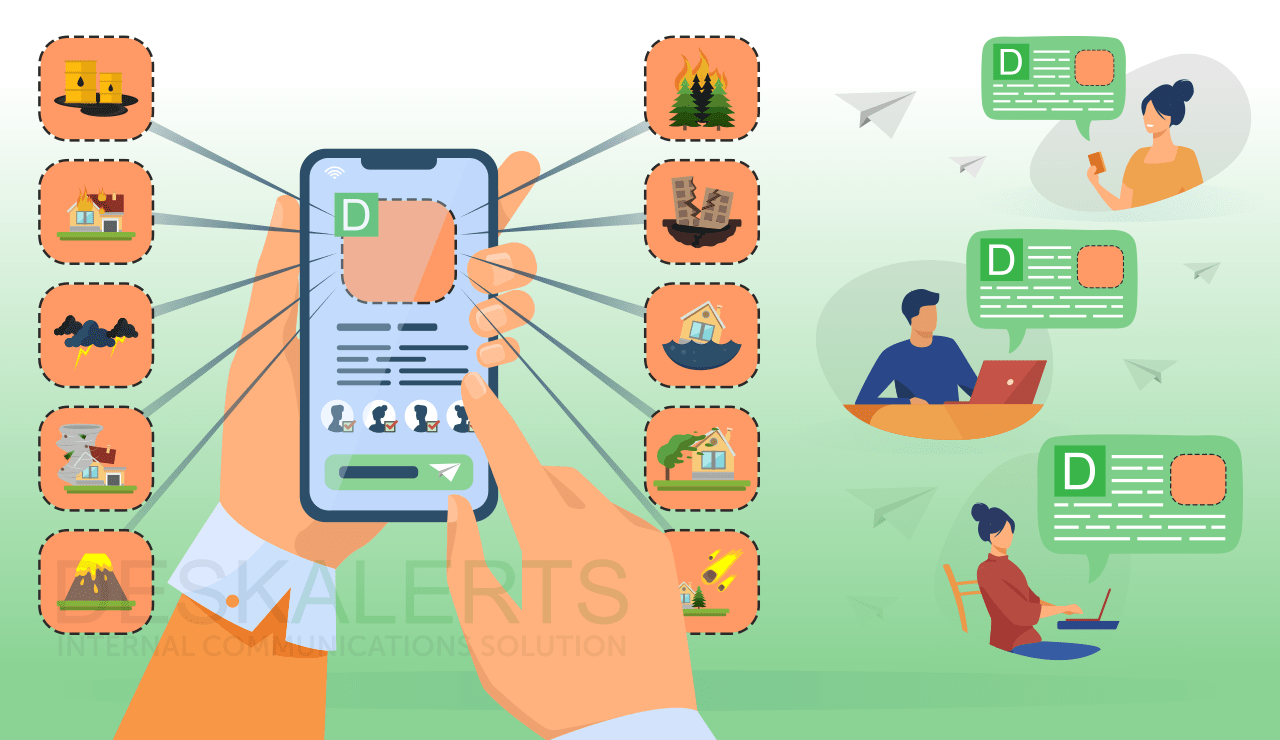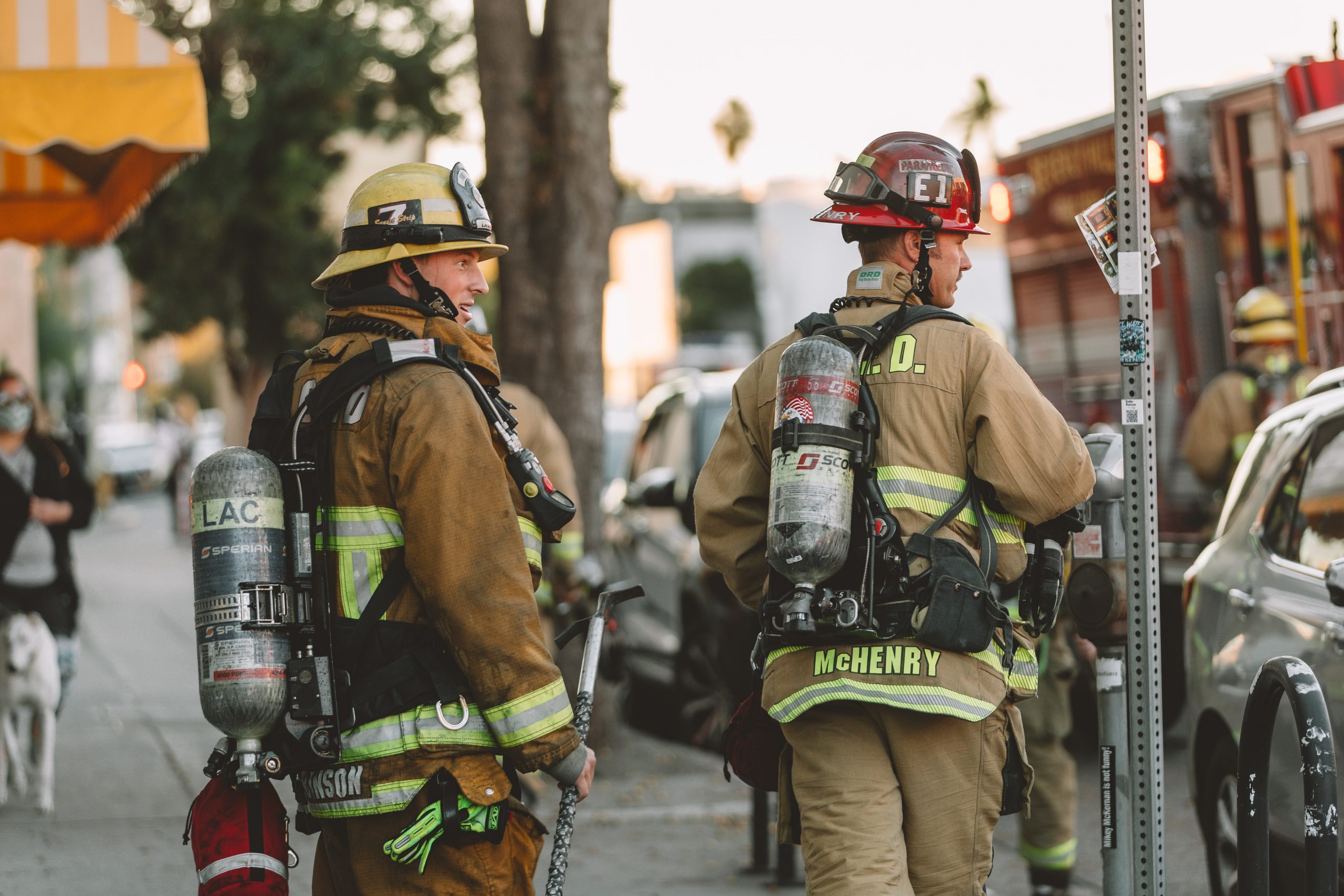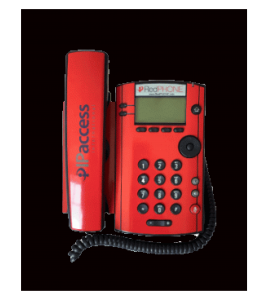Introduction
During a disaster, it is important to have reliable and robust communication systems in place to ensure that emergency response teams can coordinate their efforts effectively and that the public can receive timely information about the situation. However, traditional communication infrastructure such as telephone lines and cell towers may be damaged or overloaded during a disaster, making them unavailable.
There are several alternative communication resources that can be used during disasters, including satellite phones, two-way radios, and amateur (ham) radios. Satellite phones are reliable but expensive, and their coverage can be limited. Two-way radios are less expensive but their range is also limited. Ham radios are the most affordable option but require a license to operate.

What are the top sources of communication during a disaster?
When disaster strikes, it can be difficult to stay connected with family, friends, and the outside world. Fortunately, there are a number of ways to ensure that communication can continue, even in the midst of chaos. From traditional landlines to mobile applications, here are the top sources of communication during a disaster.
Social Media
Social media has become one of the most reliable methods of communication during disasters. Platforms such as Facebook, Twitter, and Instagram allow users to quickly spread information about potential hazards or provide warnings about imminent danger. People can also use social media to locate missing friends or family members.
Mobile Applications (Apps)
Cell phones now come equipped with a variety of applications that can be used to communicate during a disaster. Apps such as Zello, FireChat, and WhatsApp can be used to send text messages, images, and audio recordings over the internet, even when cellular networks are down. Many of these apps are free to download and use, making them invaluable resources in an emergency situation.
Cell Phone
Cell phones are one of the most reliable forms of communication during a disaster. Even when cellular networks are down, people can still connect to a working cell tower, allowing them to make and receive calls. Many modern cell phones are also equipped with GPS tracking, which can be used to locate missing family members in the event of an emergency.
Landline Telephone
Landline telephones are the oldest form of telephone, and they are still the most reliable form of communication during a disaster. Unlike cellular networks, landlines are not affected by weather or other disasters, so they can be used to make and receive calls even when other forms of communication are down.
Satellite Phones (Satphones)
Satellite phones are becoming increasingly popular as a reliable form of communication during disasters. Satphones are not affected by cellular network outages, so they can be used to make and receive calls even when other forms of communication are down. While these phones are more expensive than traditional cell phones, they are often used by emergency responders and other personnel in disaster-prone areas.
Two-Way Radio
Two-way radios are another reliable source of communication during disasters. These radios can be used to send and receive text messages, as well as audio recordings. They are often used by emergency responders, as they are not affected by cellular network outages.
Citizens Band Radio (CB Radio)
Citizens band radios are a type of two-way radio that is designed to be used by the general public. These radios can be used to communicate with other CB radio users within a certain range, and they can be used to spread information about potential hazards or provide warnings about imminent danger.
Amateur Radio (HAM Radio)
Amateur radio, also known as HAM radio, is a type of two-way radio that is used by amateur radio enthusiasts. This type of radio can be used to communicate with other HAM radio users around the world, and it is often used by emergency responders during disasters.
Police Scanner
Police scanners are devices that allow users to listen to police, fire, and other emergency broadcasts. These devices can provide important information about potential hazards or other events that are taking place in the area.
Word-of-Mouth
Word-of-mouth is one of the oldest forms of communication, and it is still an invaluable resource during disasters. People can use word-of-mouth to spread important information about potential dangers or to locate missing family members. It is also a great way to check in with friends and family members during a disaster.
When disaster strikes, these are the top sources of communication that can be used to stay connected with family, friends, and the outside world. From traditional landlines to mobile applications, these resources can ensure that you stay connected – even in the midst of chaos.

The Emergency Alert System
The Emergency Alert System (EAS) is a vital tool for informing the public about natural disasters, civil emergencies, and other threats to safety. It is used by the federal government, state and local governments, and private organizations to alert the public to imminent danger.
The EAS is an advanced communication system that is capable of disseminating information about an emergency situation to the public in a timely manner. This alert system is designed to be used in the event of a national emergency, such as a terrorist attack, a nuclear attack, or a natural disaster. In addition, state and local governments may use the EAS to issue warnings about potential dangers in their area.
The EAS is composed of a network of radio, television, cable, and satellite systems that broadcast emergency information simultaneously. The system is managed by the Federal Emergency Management Agency (FEMA) and is activated by the president or the secretary of Homeland Security. The system is also used in conjunction with the National Weather Service’s National Oceanic and Atmospheric Administration (NOAA) and Federal Communications Commission (FCC).
The EAS is designed to provide timely and accurate information to the public in the event of an emergency. It is designed to help communities prepare for, respond to, and recover from any type of crisis. By communicating information about the situation quickly, the EAS can help the public take action to protect themselves, their families, and their communities.
The EAS is designed to be used in the event of a natural disaster, such as an earthquake, a hurricane, or a tornado. In order to ensure effective communication, each state must have an EAS plan in place. This plan includes information about when and where EAS broadcasts should be made, and how the public should respond.
The EAS is also used in civil emergencies, such as terrorist attacks or chemical or biological attacks. In these cases, the EAS is used to give the public instructions about what actions to take, how to seek medical attention, and how to protect themselves from further danger.
The EAS is an important tool for emergency managers and public safety officials to use in times of crisis. By providing timely and accurate information to the public, the EAS helps to ensure that the public is better prepared in the event of an emergency.
Traditional Communication Resources
During any disaster, communication is key for the coordination of relief efforts, as well as for people to check in with loved ones. Historically, communication during disasters has been through landline phones, televisions, and radios. While these are still important resources, advances in technology have given rise to new ways of communication that can be more effective in certain situations.
Telephone

A telephone, or phone, is a telecommunications device that permits two or more users to conduct a conversation when they are too far apart to be heard directly. A telephone converts sound, typically and most efficiently the human voice, into electronic signals suitable for transmission via cables or other transmission media over long distances. Modern telephones allow users to carry their phones on their persons and conduct calls anywhere. A cordless telephone uses a short-range radio link in place of the ordinary telephone line.
Cellular telephones are hand-held radio transceivers connected to the telephone network through radio waves rather than wires. They are also known as mobile phones or cell phones. Public land mobile radio systems such as TETRA are designed for use by government agencies and emergency services but are increasingly used by businesses as well.
Satellite phones are similar to cellular phones, but receive and transmit data through orbiting satellites instead of terrestrial cell sites. They can have wider coverage areas than cellular phone service and often provide service in remote or hard-to-reach areas where terrestrial cellular phone service would be unavailable.
Television
Television is an important mass communication tool during times of disaster. It can provide timely information about the disaster and its effects, as well as updates on relief efforts. It can also be used to mobilize volunteers and donations.
Radio
Radio waves are a type of electromagnetic radiation with wavelengths in the electromagnetic spectrum longer than infrared light. Radio waves have frequencies as high as 300 gigahertz (GHz) to as low as 30 hertz (Hz). At 300 GHz, the wavelength of a radio wave is just one millimeter.
Radio waves are used for communication purposes such as broadcasting, two-way radios, cell phones, radar, and satellite communications. They are also used for navigation purposes such as GPS and aircraft flight control systems. Radio waves are produced naturally by astronomical objects, lightning, and natural electrical phenomena such as sparks.
The term “radio” can refer to either the electronic device that produces radio waves or to the broadcast service that transmits them. The word was first used in print in 1878 by Italian physicist Guglielmo Marconi. It is derived from the Latin word radius (“ray”).
New Communication Resources
Social media platforms and applications have become a staple in society, with people using them for entertainment, work, and connecting with others. However, these same platforms and applications can also be used during disasters as a way to communicate and receive information.
Social Media
Social media has drastically changed the way we communicate. In the past, people would communicate by writing letters or meeting in person. Now, people can communicate with each other instantly by sending a text, email, or direct message online. While social media has many benefits, it also has some drawbacks.
One benefit of social media is that it allows us to connect with people all over the world instantly. We can stay in touch with our friends and family members who live far away easily and cheaply. Social media also allows us to meet new people who share our interests. For example, we can connect with other people who like the same sports teams, movies, or TV shows as us.
However, social media can also be negative. First, it can be addictive and wastes a lot of time. Second, sometimes people say things online that they would never say in person because they are anonymous. This can lead to cyberbullying and an overall feeling of negativity. Finally, seeing other people’s highlight reels on social media can make us feel bad about our own lives because we compare our everyday lives to other people’s best moments.
Apps
There are many apps available that can help you with your communication. Here are a few that you may find helpful:
-The first is called “Talktime.” This app provides step-by-step instructions on how to communicate effectively. It also includes a dictionary of over 5,000 words, phrases, and expressions.
-The second app is called “commune.” This app helps you to create and share visual supports (such as picture schedules, social stories, etc.). It also includes a built-in library of over 1,500 symbols that you can use to create your supports.
-The third app is called “Proloquo2Go.” This app provides an Augmentative and Alternative Communication (AAC) system for people who cannot speak or have difficulty speaking. It offers over 7,000 symbols and more than 90 built-in voices in various languages.
Websites
There are a number of websites that can be useful for communication purposes. Here are a few:
-The website for the National Institute on Deafness and Other Communication Disorders has information on various types of communication disorders as well as resources for people with these disorders.
-The website for the American Speech-Language-Hearing Association has information on various types of communication disorders as well as resources for people with these disorders.
-The website of the Centers for Disease Control and Prevention has information on how to prevent communicable diseases.
-The website for the World Health Organization has information on various communicable diseases.
How to use alternative communications during a disaster?
In times of disaster, it is important to find alternative methods of communication, as traditional methods may not be available. Whether it is a hurricane, earthquake, or other emergencies, alternative communications are essential for staying connected with family and friends, as well as getting critical information.
The best way to use alternative communication during a disaster is to be prepared. Here are some tips to help you get started:
1. Create a communication plan. This should include who you are going to communicate with, what methods you’ll use, and how often you plan to check-in.
2. Stock up on supplies. This includes batteries, chargers, and communication devices.
3. Install a HAM radio. This is especially important if cell phone service is unavailable. It is a great way to communicate with the outside world.
4. Have a backup plan. If the primary way of communication is not available, have a few other methods that you can use to stay connected.
5. Test your communication equipment. Make sure it is working correctly and that you know how to use it.
6. Know the frequencies. Make sure you are familiar with the frequencies used for HAM radio, CB radio, and other communication methods.
7. Stay informed. Make sure you are aware of the latest warnings and evacuation orders from the local authorities.
8. Prepare an emergency kit. This should include food, water, and other essential items.
By following these tips, you can ensure that you can stay connected with family and friends during a disaster. Alternative communication is an essential part of staying safe in a disaster. Being prepared ahead of time makes all the difference.
Conclusion
In conclusion, there are many alternative communication resources available during disasters. While some of these resources may be more effective than others, it is important to have a plan in place to ensure that you are able to communicate with your loved ones and others during an emergency.
